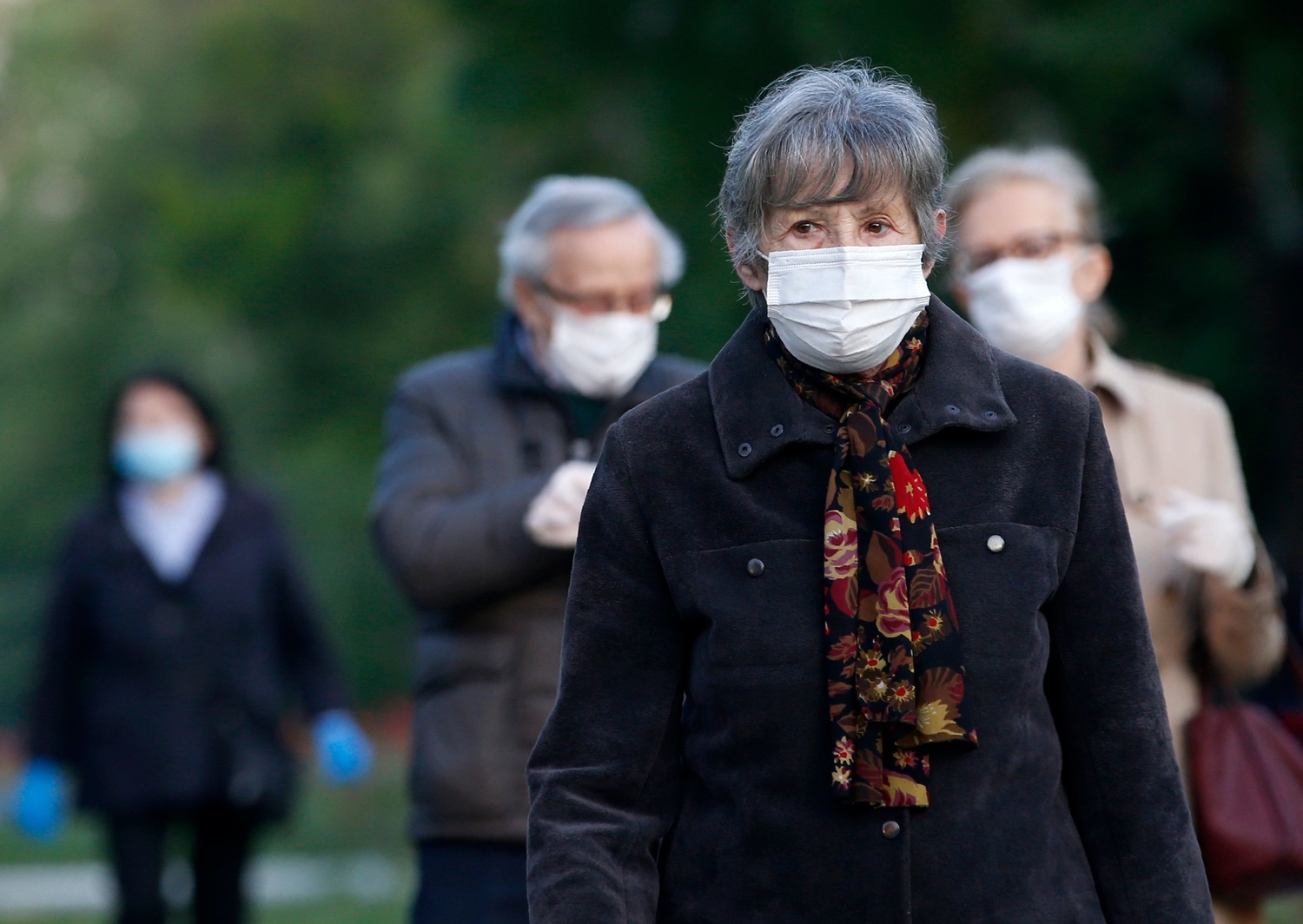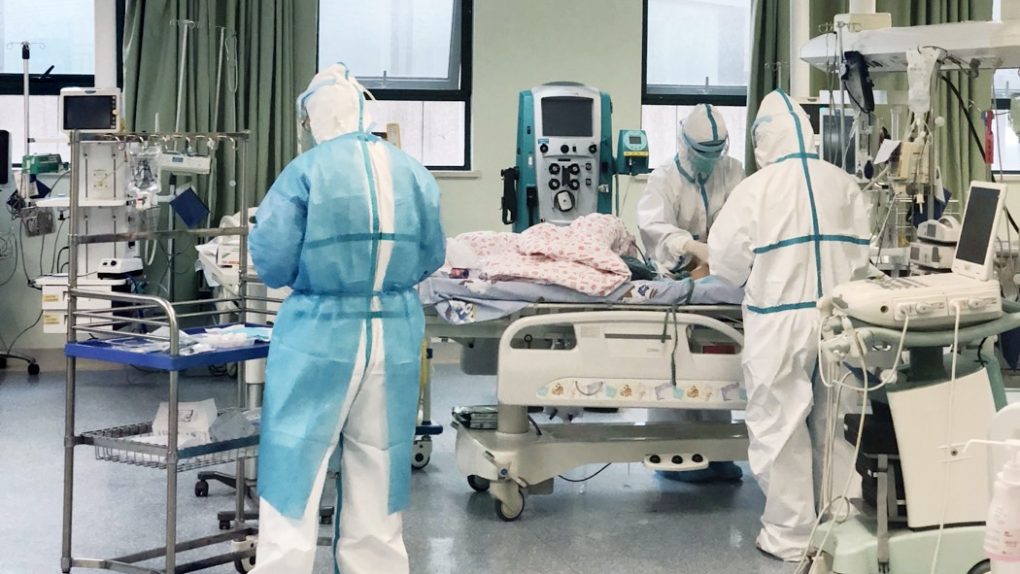- A study of 5,700 coronavirus patients who were treated in Northwell Health hospitals in the New York area reveals that only some 30% of patients had a fever when they were admitted.
- Fever is widely believed to be the most common symptom in COVID-19 cases, but the study indicates that not all patients have experience high temperatures.
- The study offered additional statistics about the use of mechanical ventilation, comorbidities, and the outcome of patients with hypertension.
- Visit BGR’s homepage for more stories.
If you experience a fever, cough, shortness of breath, and fatigue, you might have COVID-19. But the novel coronavirus isn’t the only explanation for your symptoms. You could also have the flu, a common cold, or some other medical condition. But COVID-19 will be the first thing that pops into your mind, and that’s the right way to go about it. Suspecting a COVID-19 infection can prevent you from spreading whatever disease you have by isolating yourself from others. Keeping track of the evolution of your undiagnosed illness is key while you’re showing symptoms, and your progress might help your doctor determine whether or not to advise hospital care.
A new study says that not all of the common COVID-19 symptoms might actually be as prevalent as we thought. Only some 30% of more than 5,700 patients in the New York area experienced fever before being admitted to the hospital, says a brand new study. The conclusion might be surprising, but it does reinforce another few ideas. First of all, there are plenty of asymptomatic COVID-19 carriers out in the wild, as well as plenty of people who experience a mild version of the disease and never have to go to a hospital. Secondly, social distancing measures have to stay in place as testing increases to reduce transmission risk.
The Northwell Health system network published a study in the Journal of the American Medical Association that looked at the characteristics, comorbidities, and outcomes of 5,700 patients who were hospitalized with COVID-19 in the New York City Area including New York City, Long Island, and Westchester County.
The study included all the patients hospitalized between March 1st and April 4th in 12 hospitals or a total of 5,700 patients with a median age of 63 years old. At triage, 30.7% of patients were febrile (fever higher than 38C or 100.4F). 17.3% had a respiratory rate higher than 24 breaths/min and were receiving 27.8% oxygen. A respiratory rate of between 12 and 20 breaths/min is considered normal in adults.
It’s unclear if any of the patients treated their fever at home before admission. The study only makes a note of hypertension treatment, as some of the drugs used to manage the cardiac condition may affect or be affected by the virus.
Different research showed that fever might last anywhere from eight to 11 days in COVID-19 patients.

The fever statistics certainly stand out, but the study did reveal other interesting findings:
- The most common comorbidities include hypertension, obesity, and diabetes.
- The first COVID-19 test was positive for 96.8% of the patients, and false-negative for the rest
- 2.1% of the patients also had other respiratory infections.
- Of the 2,634 patients who were discharged or died, 14.2% were treated in the ICU, 12.2% were put on ventilators, 3.2% received kidney replacement therapy, and 21% died. The rest were still hospitalized at the end of this study.
- Of the 1,151 patients who required medical ventilation as of April 4th, 38 were discharged alive, 282 died, and 831 remained in the hospital.
- The mortality rate was 0% for patients younger than 20, but the rate then increased more for men than women, for every 10-year age interval that followed.
- The mortality rate for 18-to-65 patients on ventilators was at 76.4% compared to 97.2% for older-than-65 patients.
- The mortality rate for 18-to-65 who did not receive ventilation was at 19.8% compared to 26.6% for older-than-65 patients.
- Of the patients who died, those with diabetes were more likely to have received ventilation or ICU care.
- More patients who had diabetes were likely to develop kidney injury than the others.
- Of the patients who died, those with hypertension were less likely to have received ventilation or ICU care compared with people without hypertension.
The last one is certainly an interesting conclusion, one that deserves more scrutiny. The study also focuses on hypertensive patients, as it looks at Angiotensin-Converting Enzyme Inhibitor (ACEi) and Angiotensin II Receptor Blocker (ARB) therapies in hypertension on COVID-19 patients. The virus binds to ACE2 receptors, and that’s why these drugs may have beneficial or adverse effects:
ACEi and ARB medications can significantly increase mRNA expression of cardiac angiotensin-converting enzyme 2 (ACE2), leading to speculation about the possible adverse, protective, or biphasic effects of treatment with these medications. This is an important concern because these medications are the most prevalent antihypertensive medications among all drug classes. However, this case series design cannot address the complexity of this question, and the results are unadjusted for known confounders, including age, sex, race, ethnicity, socioeconomic status indicators, and comorbidities such as diabetes, chronic kidney disease, and heart failure.
2,411 patients of the ones who died or were discharged were on a hypertension drug, including 189 on ACEi and 267 on ARB. 91 patients continued taking the ACEi treatment in hospitals, and 136 continued their ARB treatment. Of the patients who were not prescribed either type of drug, 49 started treatment with an ACEi, and 58 got ARB drugs. Mortality rates were at 26.7%, 32.7%, and 30.6% for patients not taking any ACEi or ARB drugs, taking ACEi, and taking ARB, respectively.
It’s unclear why some patients were taken off or put on ACEi or ARB, and whether those decisions are related to the COVID-19 evolution. Also, the study doesn’t mention whether any of the patients received any trial therapy that may have had side-effects on the heart. The use of hydroxychloroquine in certain COVID-19 therapies resulted in significant heart-related issues.
“This study represents the first large case series of sequentially hospitalized patients with confirmed COVID-19 in the US,” the authors explain. As interesting as the conclusions might be, the researchers warn that certain limitations may affect the final numbers. for starters, 3,066 patients were still hospitalized when the research was published, and their outcome wasn’t factored in any of the numbers. Mortality rates could be significantly altered once all of the patient data is available.
Furthermore, the data was collected from electronic health records, which means it might lack key details that could be obtained after a manual review of medical records. The researchers also wan there may be unadjusted confounders affecting certain statistics.








